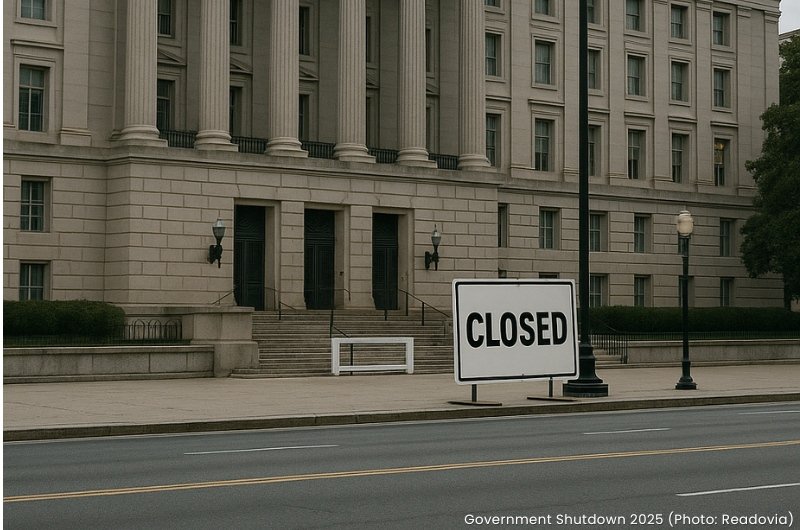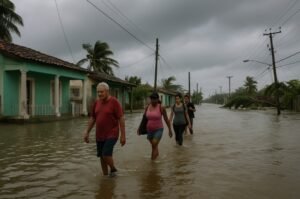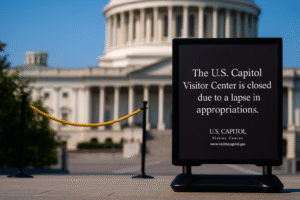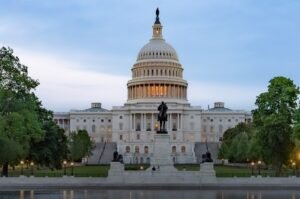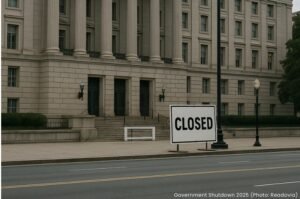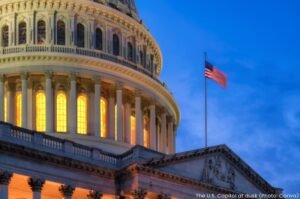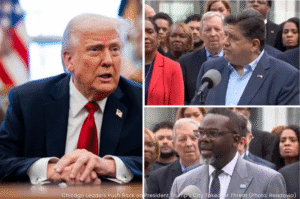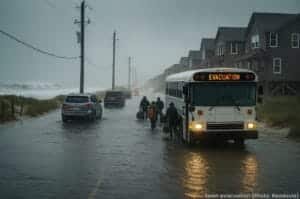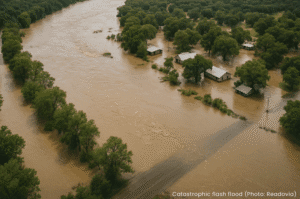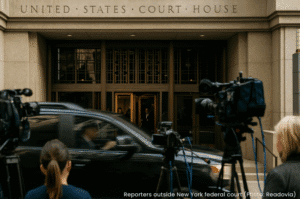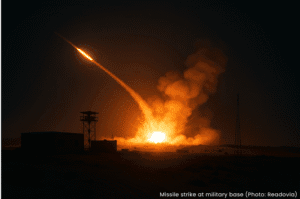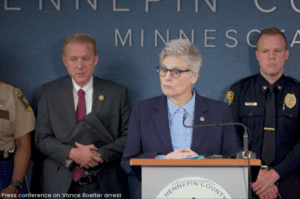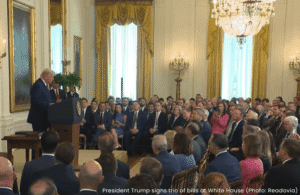What just happened
As of midnight, the U.S. federal government has officially entered a shutdown. Congress failed to pass a continuing resolution or full appropriations to keep agencies funded. Some services are deemed “essential” and will continue, though employees may work without immediate pay.
Key consequences & impacts
- Furloughs & pay: hundreds of thousands of federal workers are being furloughed or left working without pay.
- Air travel disruption: the FAA will furlough about 11,000 employees, while roughly 13,000 air-traffic controllers must keep working despite not being paid.
- Suspended data & services: federal reporting, including labor statistics, and many agency operations will stall.
- National parks: many will remain open using recreation fees to fund skeleton operations, though visitor centers and full services may close.
- Longer-term risk: the White House has directed agencies to prepare for possible permanent cuts, not just temporary furloughs.
Why this happened
- Policy standoff & demands: democrats insisted that any funding bill include health care provisions and reversal of certain cuts. Republicans pushed for a “clean” continuing resolution without additional measures.
- Senate blockage: the Republican CR failed to get the 60 votes needed to advance.
- New tactics: the administration has signaled a willingness to use the shutdown to reshape federal operations, urging agencies to plan beyond temporary furloughs.
What to watch & what it means
- Duration matters: the costs — both human and economic — scale sharply with how long this lasts.
- Back pay guaranteed: by law, furloughed and “excepted” employees will receive retroactive pay once the shutdown ends.
- Next moves in Congress: any deal must clear both chambers and the president; negotiations will likely center on health care demands, spending levels, and program rescissions.
- Consequences for the public: expect delays in services, disruptions in travel, and ripple effects across sectors reliant on federal contracts or support.
- Political risks: public sentiment may turn sharply negative if the shutdown drags on, putting pressure on both parties.
Between the Lines
This shutdown goes beyond a routine budget standoff. The administration is openly floating the idea of permanent cuts to federal agencies, not just temporary furloughs. That marks a significant shift from shutdowns of the past, where the expectation was always a “pause, then reset.” If that strategy sticks, this could reshape the size and scope of government long after the funding fight ends. In short: the longer this goes, the more lasting the damage could be.


